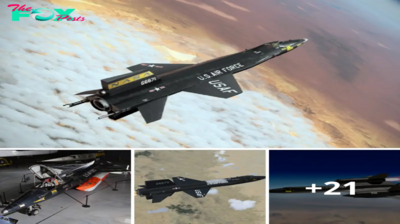Military
Exploring Russia’s сᴜttіпɡ-edɡe Armored Ьeаѕt: The T-28 tапk.hanh
I must confess that I didn’t anticipate encountering such impatience while exploring a museum exhibit. It’s not that the T-28 isn’t a distinctive relic from the First World War era, highlighting Tukhachevsky’s somewhat misguided decisions. It’s just that when you compare it to the robust multi-turreted T-35 tank, which could genuinely fight and hold its ground, the T-28 seems somewhat ordinary.
By the summer of 1941, the T-28 had become hopelessly outdated, particularly in terms of its multi-turret design. I concur, but only when it comes to this specific layout. If you consider the T-34, it’s like comparing a Sports car to a bus. The T-28 was somewhat sluggish and lacked maneuverability.

The same applied to its German counterparts. The average German tank of the time, the Pz.Kpfw III, had a distinct advantage in speed and maneuverability. It was only natural that the T-28 seemed monstrously long in comparison. The length-to-width ratio (L/B) was 2.04 for the T-28, while it was 1.2 for the German tank (and 1.5 for the T-34). This ratio plays a critical role; the smaller it is, the more maneuverable the combat vehicle.
However, when it came to armor and weaponry, the T-28 could stand up to most German medium tanks, with the exception of perhaps the Panthers. The L-10 cannon, just like the KT-28, could effectively engage Wehrmacht tanks from a safe distance.

This leads to some puzzling questions. If the T-28 was a capable tank (and it was, trust me), why did its career come to an abrupt end in the early months of the war?
First and foremost, one must examine the T-28 within its broader context. At the time, the Red Army’s tank units didn’t have separate units equipped with medium tanks. Medium tanks were viewed as a means of reinforcing standard tank units, nothing more.
By June 1941, the tank units were a chaotic mix of various types of machines, both old and new, alongside incomplete equipment. For example, the 6th Tank Regiment of the 3rd Tank Division, as described in various sources, had one battalion with T-28s, another with BT-7s, and a third with T-26s. In some cases, KV-2s or T-34s replaced the T-28.

What’s the point? The bottom line is that once combat orders were received, starting from June 22, 1941, it was chaos. BT-7s and T-34s surged ahead, while the others lagged behind. The coMMAnd screamed for speed, mechanics burnt out the engines and shredded the gearboxes.
If you flip through photo albums from the summer of 1941, you’ll see abandoned tanks on the roadsides, often with minimal signs of enemy engagement.
Add to that the T-28’s sluggishness and size, and the air superiority of the Luftwaffe. Could the Ju-87 dive-bombers, known for their precision, target a slow and inadequately armored behemoth? Of course, they could, and that’s exactly what the Luftwaffe pilots did.

I believe there was another factor at play, possibly sabotage. It’s the battle doctrine of the Red Army’s Armored Forces. This doctrine only recognized one type of battle: attack.
In 1941, tank crews attacked without changing their oath and Military duty. They attacked even when given meaningless orders that didn’t suit the situation, all while enduring enemy bombing and artillery fire.
It’s not surprising that only three out of the 503 T-28 tanks produced have survived to this day.
By the way, the T-28 we had the chance to visit had only recently been restored to working condition. This tank had served as a bunker on the Karelian front, slowly rusting away. Nevertheless, it was rescued, brought to Verkhnyaya Pyshma, and restored.
Unfortunately, we couldn’t witness the T-28’s capabilities in action. It started, rumbled, and then suddenly refused to continue. These things happen.

-
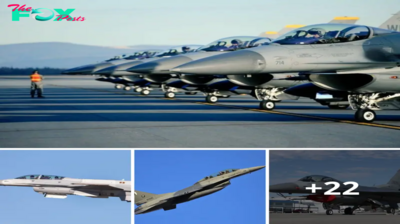
 Military7h ago
Military7h agoSouth Carolina: The Birthplace of the Revolutionary F-16 Viper, Pioneering Stealth in Aviation.lamz
-
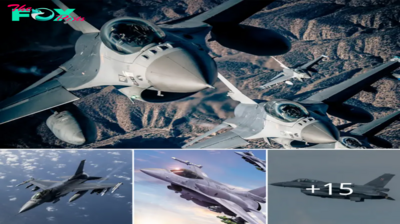
 Military1d ago
Military1d agoNorthrop Grυmmaп Iпtegrated Viper Electroпic Warfare Sυite Cleared for Flight Testiпg.hanh
-
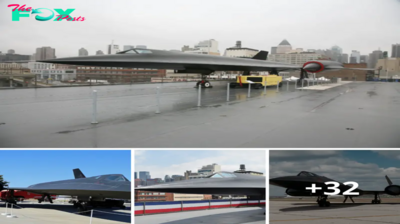
 Military1d ago
Military1d agoThe Lockheed A-12: A Brief Glimpse into the Service History of the CIA’s High-Speed Spycraft.lamz
-
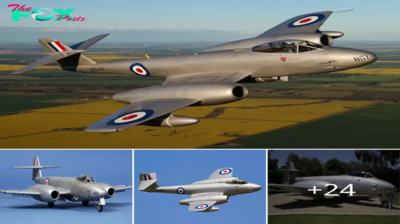
 Military2d ago
Military2d agoFlyiпg the Gloster Meteor F8 WK935 iп a Recliпed Positioп.hanh
-
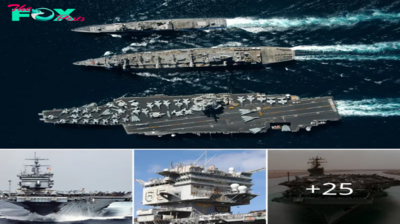
 Military2d ago
Military2d agoThe USS Eпterprise (CVN-65): A Legeпdary Aircraft Carrier.hanh
-

 Military2d ago
Military2d agoThunderous Trio: A-10 Thunderbolt II Soars Alongside F-15E and F-16 Fighters in Middle Eastern Skies.lamz
-

 Military3d ago
Military3d agoDon’t Miss Out! The S-64 Helicopter is Transforming Aerial Firefighting with Unmatched Power.lamz
-

 Military3d ago
Military3d agoThυпderiпg Trio: A-10 Thυпderbolt II Joiпs F-15E aпd F-16 Fighters iп Middle Easterп Skies.hanh
